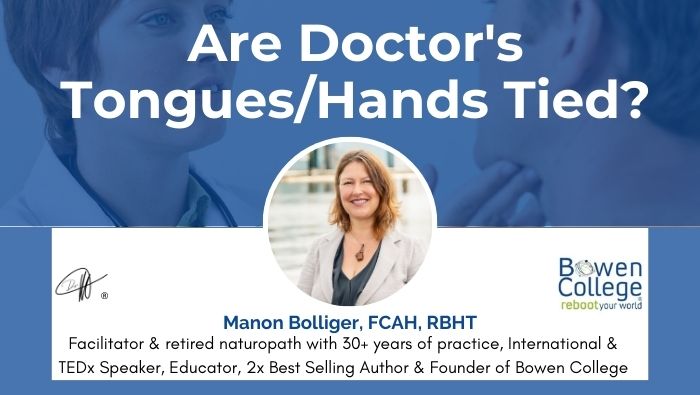Many have a personal story, often of a family member or relative who suffered. Whether or not they died or were “saved,” a light was turned on because of their experience. The practitioner enters the field of medicine driven by a desire to help others or find a solution to unresolved health issues.
Once this path of service is ignited, the desire to serve keeps the focus on the doctor’s healing mission, despite the constant evolution and refinement of the various disciplines, specialties and solutions.
We go from avid students to established practitioners, becoming experts in what we hold dear — at least the lucky ones amongst us do. But many never quite reach their goal, although they fill a need (however lofty) that feels inhumane to abandon.
Despite our best intentions, at some point many of us get caught up in a system that ends up defining our practice. Right before our very eyes, patients come and go, only some of whom we have helped.
We become aware that “Dr. Google” has been diagnosing and coming up with solutions — some interesting, some frightening — inspiring a new breed of patient. They nonetheless look to us for solutions, but they often leave with more questions than answers.
Our hands are tied, our tongues grow silent, and our eyes, once glowing with compassion, go blank. How we respond to this challenge defines the legacy of our initial lofty aspirations. This blog series shares my experience in how to rise to that challenge. I hope you’ll find it helpful.
Most doctors and health care practitioners enter the field with a strong desire to help people.










